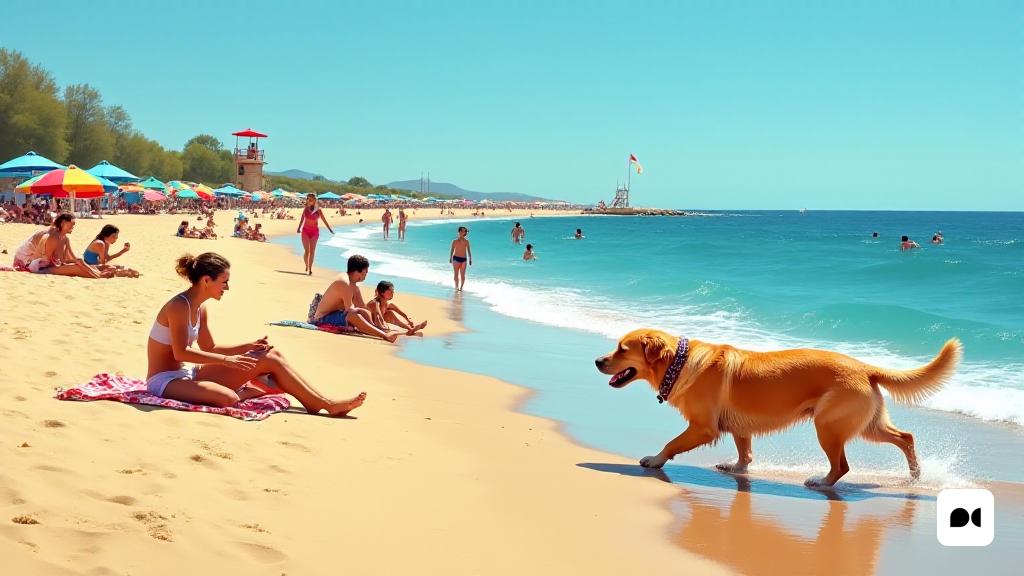Increase in pet beaches on the Catalan coast
This summer, a remarkable transformation is being carried out on the beaches of Catalonia. Almost 65% of coastal municipalities, that is, 45 of 69, are preparing to welcome dogs in their sands, which represents an increase of eight locations compared to the previous year.
New incorporations and trends
Locations such as Tarragona, Sant Pol de Mar and Llançà add to the list of municipalities that will allow dog access to their beaches. This growth is significant, since it covers 12 coastal regions, with the exception of jungle, which does not have enabled pet spaces.
Highlighted counties
The regions of Maresme and Alt Empordà lead the list, each with more than 10 areas designated for dogs. This phenomenon reflects a change in the perception and acceptance of pets in public spaces.
Regulations and use times
However, not all beaches allow the free entry of dogs. Some, such as the beach of Llent in Barcelona, have restricted schedules. Dogs are welcome from 10:30 a.m. to 7:30 p.m., coinciding with the start of the high bath season.
Beaches with night access
Other beaches, such as those of El Prat de Llobregat, allow the presence of dogs only during the night, between 20:00 and 08:00, adding a layer of flexibility for pet owners.
Variety in spaces and services
The dimensions and characteristics of dog spaces vary considerably. In the beach of Arenal de L’Ampolla, 300 square meters will be enabled, while in the Eucalyptus beach of Amposta, 26,000 square meters will be allocated for the enjoyment of pets.
Specialized services
Some beaches are equipped with additional services, such as specific showers for dogs in Pineda de Mar, while others, as in Sant Pere de Ribes, lack infrastructure, which limits the experience for pet owners.
Challenges for implementation
Not all municipalities have adopted the idea of dog beaches. A total of 24 locations still do not allow pet access, citing reasons such as the preservation of local fauna or the need to maintain the quality of its beaches.
Specific cases
For example, in Sant Pere Pescador, the authorities argue that the presence of dogs could interfere with the nesting of birds in the Natural Park of the Aiguamolls de l’Empordà. Also, in Blanes, the introduction of pet areas can compromise the quality of the blue flag award.
Looking to the future
The growing number of beaches that accept dogs in Catalonia is an indicative of a change in social culture towards the inclusion of pets in public spaces. With the summer just around the corner, more locations are expected to consider enable areas for the joint enjoyment of owners and their four -legged friends.

